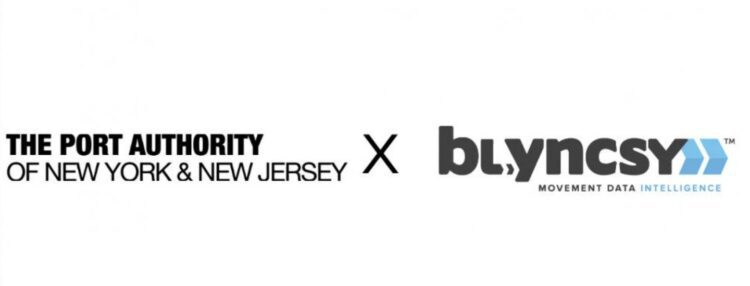Blyncsy’s Machine Vision Technology Announced as Winner of Recovery and Sustainability Challenge for New York Tri-State Area

NEW YORK – Last week, the Transit Tech Lab announced that Blyncsy is one of six winners of the Recovery and Sustainability Challenge, a global competition that called for technologies to improve public transit safety and meet clean energy objectives over a one-year pilot. Blyncsy along with five other companies that won the challenge recently completed proof of concepts and will scale their solutions with the MTA, the Port Authority of New York and New Jersey (PANYNJ), and NJ TRANSIT.
Blyncsy will leverage the power of artificial intelligence and crowdsourced visual imagery to provide automated maintenance detections through their Payver technology. Payver will be automatically detecting sign asset data from overall condition to luminosity, the overall condition of lane markings, as well as assessing the quality of cracking and potholes to assess pavement. The objective of this pilot is to utilize the Payver platform and crowd-sourced imagery to remove the need for over 70% of physical surveying of predefined infrastructure assets, including lane markings, pavement conditions, and signs. Through this innovative technology, Blyncsy hopes to increase ridership safety and reduce emissions by reducing the need for manual inspections.
The Challenge launched during the Summer of 2022 and solicited nearly 150 applicants from across the world. Pilot winners were evaluated and selected by a team of 38 transit and public safety experts based on the technologies’ impact, product, team, and value of solution.
“We are so honored and excited to be one of the winners of this challenge. PANYNJ is crucial to the region and we can’t wait to continue our work with them. We understand that automation is vital in making our transportation systems smarter and safer and we believe this is a huge step forward,” said Mark Pittman, founder and CEO of Blyncsy.
Through this innovative technology, Blyncsy hopes to increase ridership safety and reduce emissions by reducing the need for manual inspections.


